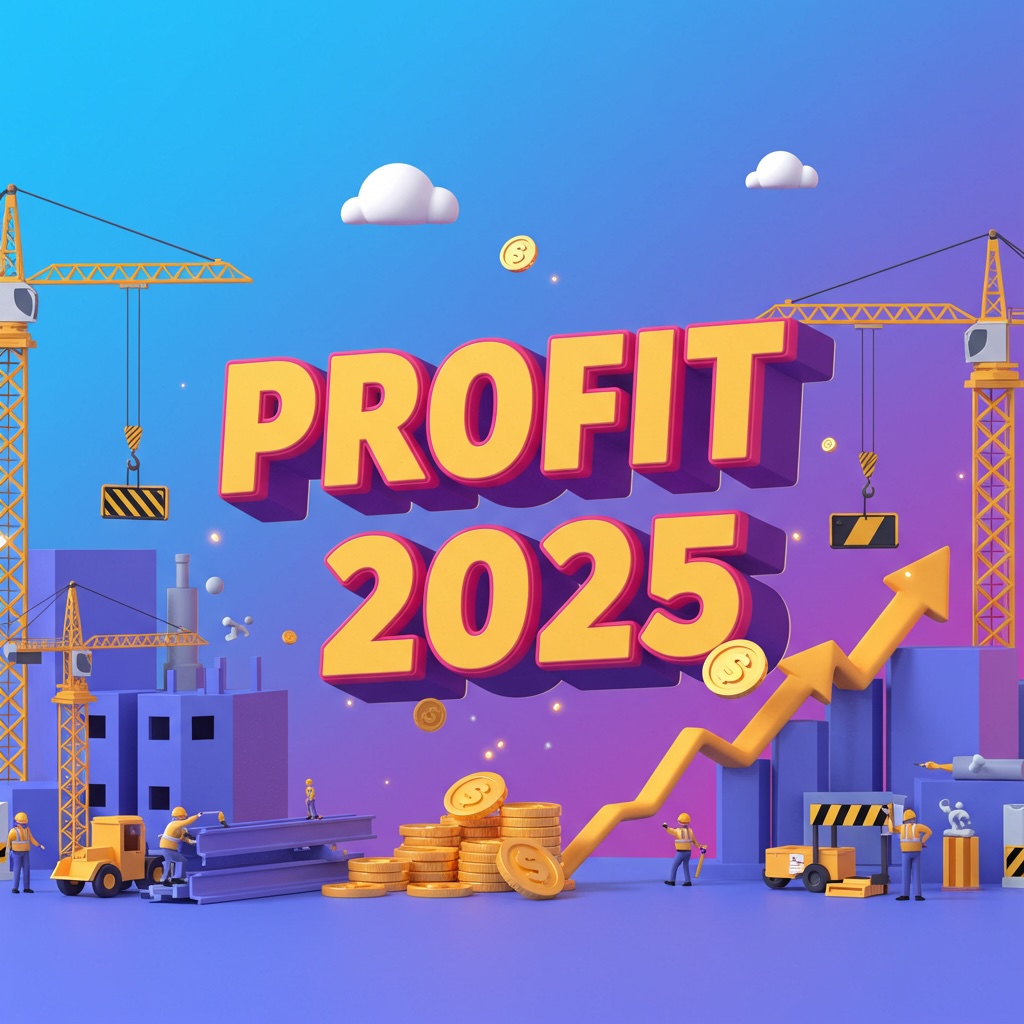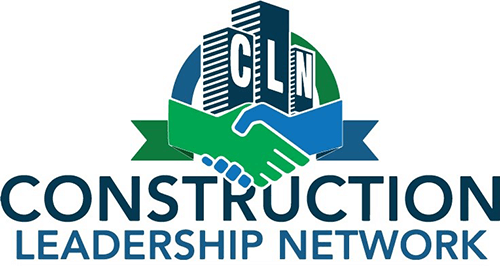
Profit is Our Theme for 2025
- Construction industry profit margins are too low.
- The financial risk we take is too high.
- Too many competent contractors fail without warning.
- We need to improve our business management practices this year to improve margins and reduce risk.
- We don’t need to learn how to manage a better construction project–We need to learn how to manage a better construction business.
- Profit is the only true measurement of success.
Where We Are Now–Construction is notorious for being a low-margin business.
- Over the past 25 years, construction has moved closer to becoming a commodity, which is the primary reason for profit margins being low compared with historic norms. Lower margins increase risks, allowing less room for error.
- The average profit margin for the construction industry was historically reasonable but presently ranges in the low single digits.
- Published data suggest that the average pre-tax net profit for general contractors is between 1.4-2.4%, and for subcontractors between 2.2-3.5%.
- 64% of construction companies don’t make it to the 10-year mark.
- Contractors risk a lot of capital on complex projects, but the financial rewards seldom reflect the effort and risks involved.
How We Got Here
- The Pyramids of Egypt and the Parthenon in Greece showcased intricate design and engineering prowess but were not built for a profit as profit is understood today.
- With the emergence of guilds in medieval Europe, craftsmen negotiated prices for their work which indirectly established the early foundations of profit margins within the construction industry. In other words, when owners (Kings and Potentates) began to hire (rather than enslave) skilled tradesmen to erect complex structures they were incurring a “cost of production”.
- During the Industrial Revolution in the 18th and 19th centuries, advancements in materials (e.g. steel and concrete) and techniques allowed for the scale of projects to expand dramatically, and profit margins began to stabilize as large firms (of skilled tradesmen) adopted standardized practices that minimized costs while maximizing output producing profit margins.
- Post-World War II, the construction industry witnessed a boom, particularly in the United States, with robust profits.
- The oil crises of the 1970s triggered a recession causing construction margins to contract sharply.
- In the late 20th century, as construction companies began to source materials and labor internationally, profits stabilized at mid to high single digits.
- The global financial crisis of 2007-2008 had a dramatic impact on the construction industry, leading to declining profit margins in the aftermath. Since then, recovery has been gradual with margins way too low.
What Now?
We have competed into the poor house.
The construction industry has always been characterized by low barriers to entry. Any able-bodied person who can afford tools and a truck can become a contractor. This has led to fierce competition resulting in low bids winning the work and depressing contract prices to levels that can at best produce only high-risk skimpy profit margins. In the eyes of the buyers, our construction services have become a commodity, (one contractor is the same as the next so only a fool would pay the higher price). The resulting reduced pretax profit margins generate minimal net.
Bad Belief #1
Because this highly competitive low-bid environment has reduced construction services to a commodity, the resulting self-induced tradition of ultra slim profit margins has lulled us into settling for an intermittent flow of cash from one job to the next rather than insisting on a reasonable profit from each project. This inadvertent paradigm shift has resulted in construction becoming the highest risk American industry, second only to the restaurant business.
Next week we will dig deeper into improving profits through project selection.
For more information on profit, read more at: PROFIT
For a broader view on business management, read more here: BUSINESS MANAGEMENT
To receive the free weekly Construction Messages, ask questions, or make comments contact me at research@simplarfoundation.org.
Please circulate this widely. It will benefit your constituents. This research is continuous and includes new information weekly as it becomes available. Thank you.


